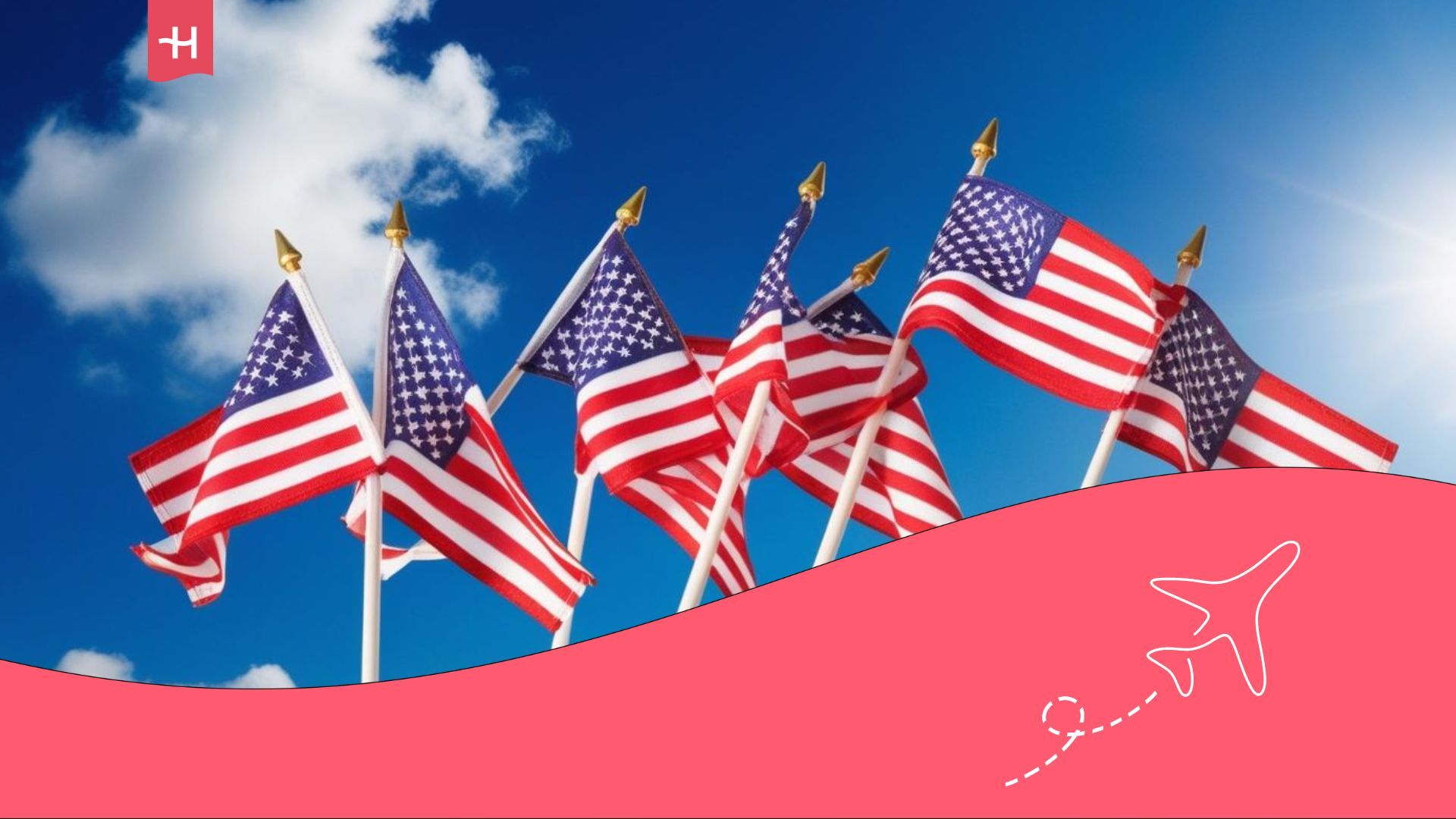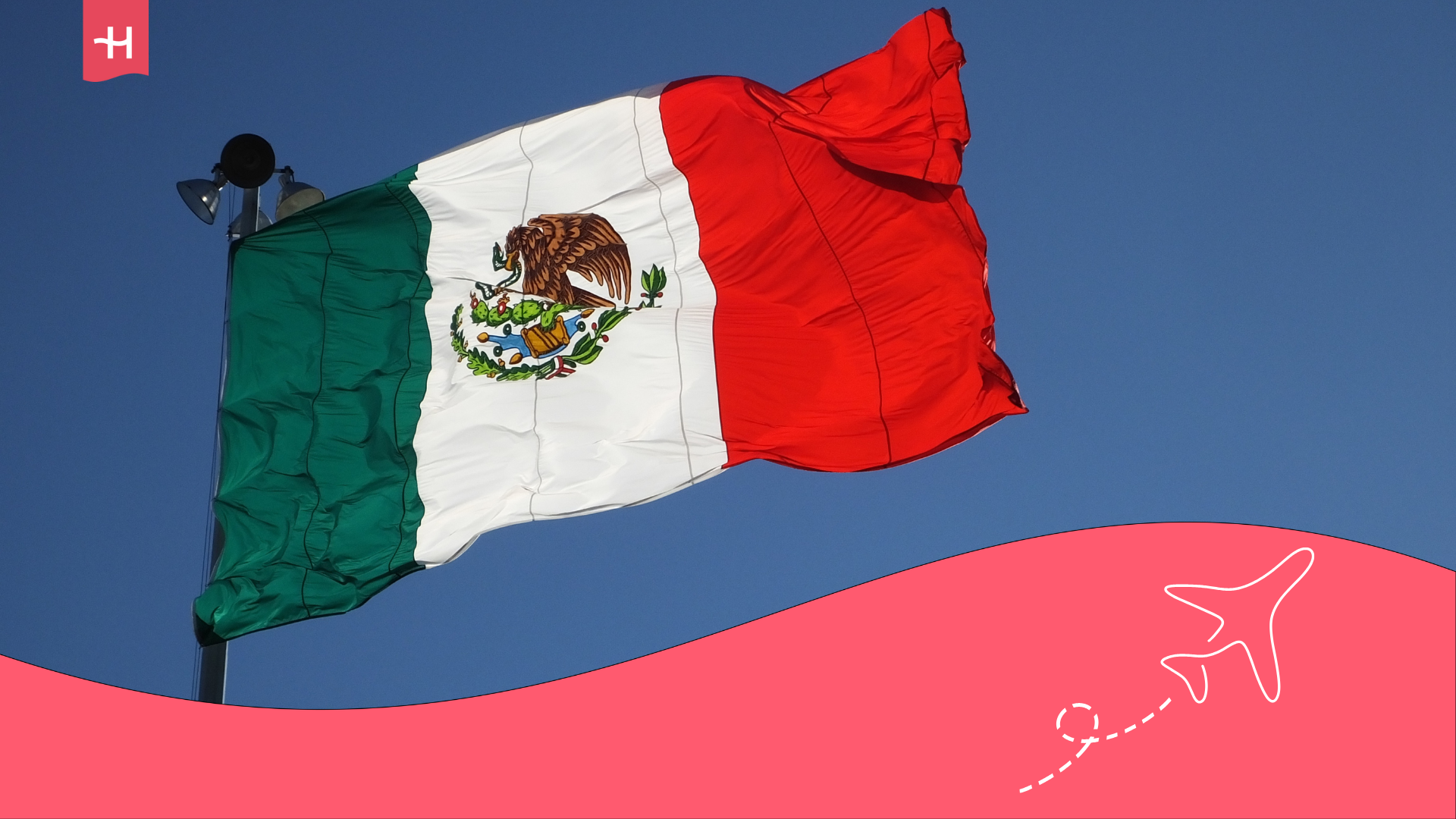Requirements to travel to Hawaii from the USA
Requirements to travel to Hawaii from the USA: essential documents, recommendations, key tips for a smooth trip, and more.
At first glance, traveling from the mainland may feel as simple as boarding any domestic flight, but when you look into what it really takes to travel to Hawaii from the USA, you will realize there are important details many travelers miss until they are already at the airport. Although Hawaii is part of the United States, the islands have their own entry guidelines, health checks, and restrictions on certain goods and pets that can easily catch you off guard if you are not prepared.
This guide walks you through everything you need to know before traveling to Hawaii from the United States, whether you are heading there for a vacation, planning a longer stay as a digital nomad, studying, or even working from the islands. You will find out which documents are required, what kinds of checks you can expect on arrival, and what you should keep in mind to avoid any issues when entering the state. It is all explained in a clear, up to date way, with practical examples so you can start your trip without any surprises.
Tip before traveling to Hawaii
Even though it is not an official entry requirement for Hawaii, having internet access from the moment you land can save you a lot of hassle. Whether you need to pull up your flight or hotel reservations, check maps, use a translator, or stay in touch with family, having reliable mobile data makes it much easier to get around the islands with confidence.
That’s why Holafly’s eSIM for the United States is such a great option. It works seamlessly in Hawaii and gives you unlimited data the moment you land. All you have to do is scan the QR code sent to your email and you are all set, without relying on airport wifi or hunting for a physical SIM card.
And if you are planning to stay longer for school, work, or a digital nomad lifestyle, Holafly’s monthly plans are a great fit. They give you unlimited data and allow you to connect multiple devices, all with reliable 5G coverage throughout the United States, including Hawaii. It is an easy way to stay online and focus on enjoying island life.
Important: If you are a frequent traveler and want to stay connected without worrying about expensive roaming or looking for a new SIM at every destination, Holafly’s subscription plans are for you. With a single eSIM, enjoy internet in more than 170 countries for a fixed price and no surprises on your bill. Travel without limits and connect easily and securely! 🚀🌍

1. Valid identification to board the flight
Even though you’re traveling within the United States, flying to Hawaii still involves the same security checks as any other domestic trip. To get through screening and board your flight, you’ll need a valid government-issued ID.
Starting May 7, 2025, the TSA will require your ID to be a REAL ID, which means a state issued license or ID with a gold star in the corner. If you do not have one yet, you can use your passport, your permanent resident card (Green Card), or a Global Entry card.
Minors under the age of 18 traveling with an adult do not need identification, they just need to be accompanied.
2. Tourist, residence, or work visas for Hawaii (actually: for the U.S.)
Here is the main thing to know. Hawaii does not require its own visa. If you are entering the United States from another country, the visa or entry permit you use lets you travel to any state, including Hawaii. If you are already legally in the United States, you do not need a separate visa to visit the islands. You just need to follow the rules and time limits of your current status.
Short stays (tourism/business without employment)
- ESTA (Visa Waiver Program): Up to 90 days for tourism or light business activities such as meetings or trade shows, but not for formal work or study. This stay cannot be extended or changed to another status while in the country.
- B1/B2 (business/tourism): Usually up to six months according to your I-94 form. It allows for tourism and business activities in the United States, but you cannot work for a U.S. employer or receive U.S. pay.
Study
- F-1 (academic) / M-1 (vocational): For formal programs at universities or colleges (F-1) or vocational schools (M-1). It lets you live and study in Hawaii if your school or program is located there. Work is only allowed under the specific conditions of the visa, such as on-campus jobs or authorized practical training (OPT/CPT).
- J-1 (exchanges): For internships, exchange programs, research, or au pair positions, depending on the category. Employment is limited to training purposes, and in some cases you are required to return to your home country afterward.
Temporary work
- H-1B (specialized occupations): Skilled employment with company sponsorship.
- H-2B (temporary non-agricultural work): Seasonal or peak demand (e.g., hospitality).
- L-1 (intracompany transfers): Executives/managers or profiles with specialized knowledge.
- O (extraordinary talent) and P (artists/athletes): For specific projects.
Permanent residence
- Resident Card (“Green Card”): Allows you to live and work in any state, including the islands.
3. Confirmed airline ticket
It may seem obvious but it is important to have a round trip ticket. Airlines usually ask for it at check in or before boarding.
If you only have a one way ticket, for example because you are continuing to another island or leaving the country, bring proof of your next flight or reservation. In Hawaii, airlines sometimes ask for it at boarding to make sure you are not staying indefinitely.
Save the reservation code (PNR) and boarding pass on your cell phone or print it out. You’ll be asked for it several times during the process.
4. Mandatory agricultural declaration
Hawaii protects its ecosystem. You must declare agricultural items (fruit, plants, seeds, flowers, wood, fresh food).
- Upon arrival: You may be asked to complete an agricultural declaration form, as required by state law.
- When leaving for the mainland: You must present your items to the USDA/APHIS inspector before boarding (they may inspect and fine you if not declared).
5. Pets (only if applicable)
If you are traveling with a dog or cat, Hawaii is rabies free and requires compliance with its quarantine program, including a microchip, rabies vaccinations, and prior paperwork. Pets that do not meet these requirements may be held in quarantine for up to 120 days. This is a legal requirement, not optional.
Other tips for traveling to Hawaii
Beyond the basic requirements for traveling to Hawaii from the United States, there are helpful tips that can make your trip easier and safer. Having reliable travel insurance and the right documents for driving between islands are just a few examples of small details that can turn a stressful trip into a smooth and enjoyable experience.

Travel insurance for Hawaii
Hawaii is made for adventure with its hiking trails, volcanoes, snorkeling, and surfing, but healthcare in the U.S. can be expensive. While it is not mandatory, having travel medical insurance takes a big weight off your shoulders. It can cover emergencies, hospital stays, ambulance transport, and even medical evacuation if you need to be moved to another island or facility. As a guideline, many comparison sites recommend at least $50,000 in coverage for trips to Hawaii, and more if you plan to do high risk activities.
Driver’s license in Hawaii
Driving is the best way to explore the islands. What will you need?
- Travelers within the U.S.: Your valid state driver’s license is enough to rent and drive.
- International travelers: You can drive in Hawaii with your home country’s license. State law recognizes foreign licenses, but if yours is not in English, it is a good idea to carry an International Driving Permit (IDP) to avoid any misunderstandings with the police or rental car companies.
Plan your trip and budget
- When to go: The islands have microclimates, but generally April to May and September to October are quieter months with good weather and fewer crowds.
- Hidden costs: Many hotels charge resort fees and parking separately. Confirm this before booking to avoid surprises.
- Island to island: Inter-island flights are fast, but prices go up if you book last minute. Plan your itinerary in advance.
Book the essentials in advance
- Activities and tours: There are limited spots for snorkeling in iconic areas, sunset boat tours, and tickets to certain parks and viewpoints, which often require advance reservations, especially for sunrise visits.
- Popular restaurants: If you want to visit popular places (top poke bowls, viral breakfasts), make a reservation or go during off-peak hours.
Smart packing
- Sun and sea: UV shirt, hat, reusable water bottle, and water shoes for rocky reefs.
- Food and plants: Remember that not everything can be brought between the mainland and Hawaii. To save time, avoid fruits/seeds and buy locally.
Frequently asked questions about requirements for traveling to Hawaii from the USA
No. Hawaii is part of the United States, so if you are already legally in the country, you do not need an additional passport or visa. You only need a valid ID accepted by the TSA, such as a REAL ID or a passport.
No. Flights between the mainland and Hawaii are domestic, so there is no immigration control or entry stamps.
No. The Safe Travels program ended in 2022, and no vaccination or COVID-19 test is required for domestic flights to Hawaii.
Hawaii has strict rules for pets, including a microchip, rabies vaccination, and prior registration in the quarantine program. Pets that do not meet these requirements can be held in quarantine for up to 120 days.
It is not mandatory, but highly recommended since medical care in Hawaii can be expensive. Travel insurance with medical coverage can save you thousands of dollars in case of unexpected situations.





 Language
Language 


















 No results found
No results found








